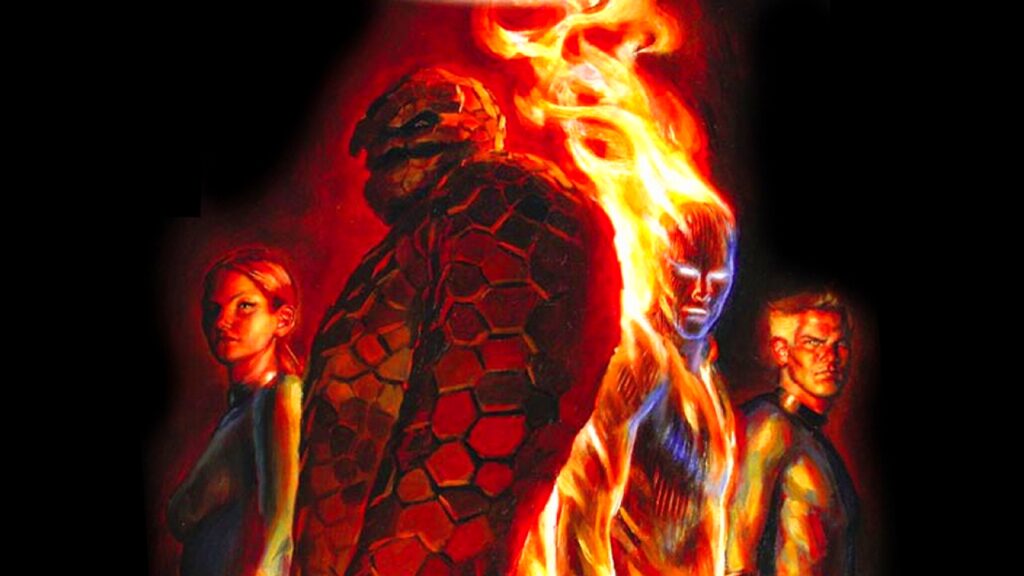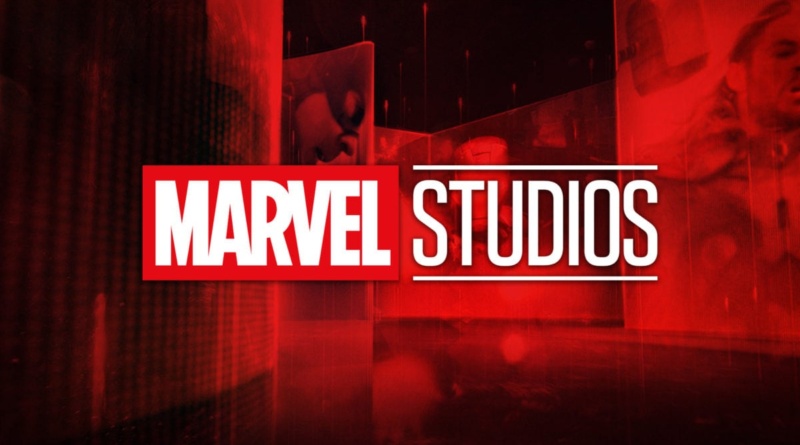Marvel Studios Logo History (1993-Present)


The iconic Marvel Studios logo has become a symbol of epic storytelling and larger-than-life superheroes, capturing the imagination of millions around the world. With its dynamic red lettering and unforgettable comic book flipping pages animation, the logo represents more than just a brand—it’s a gateway to an entire universe of adventure, heroism, and interconnected storytelling. From Iron Man to Black Panther, Spider-Man to Captain Marvel, every fan knows that when this logo appears on screen, they’re about to embark on a cinematic journey unlike any other.
The Marvel Studios logo has undergone significant evolution since its inception in 1993. Initially, the logo features a simple image of a comic book turning with a flip-style animation, reflecting the company’s roots in printed comics. In 2002, the familiar flipping pages were replaced by three-dimensional lettering set against a red background, symbolizing Marvel’s transition into film and television production.
The most recent iteration of the Marvel Studios logo takes inspiration from the opening sequence of comic books, where each page turn reveals exciting new developments. This dynamic transformation aligns with Marvel’s commitment to storytelling innovation and an ever-expanding cinematic universe. Incorporating vibrant colors and dynamic motion, this latest design encapsulates Marvel’s ongoing quest to captivate audiences with fresh, immersive narratives.
As we witness the continual evolution of the Marvel Studios logo, it remains clear that each adaptation emphasizes the company’s dedication to groundbreaking storytelling and captivating visual experiences. The progressive changes reflect not only technological advancements but also an unwavering commitment to engaging viewers in thrilling new ways. As such, the history of the Marvel Studios logo serves as a testament to how iconography can evolve alongside creativity and innovation within an ever-changing industry landscape.
Marvel Studios has revolutionized the superhero genre with its interconnected cinematic universe, enticing both dedicated fans and casual moviegoers alike. With an unparalleled commitment to storytelling and character development, Marvel has created a vast playground of heroes and villains that continue to captivate audiences worldwide. The strategic planning behind each phase of the Marvel Cinematic Universe is emblematic of their long-term vision for the franchise, effectively building anticipation and excitement for future releases.
The ability of Marvel Studios to seamlessly blend action-packed sequences with heartfelt moments has set a new precedent for superhero films, capturing the essence of what it means to be a hero in today’s world. Beyond its success at the box office, Marvel’s dedication to diversity and representation on screen has not only resonated with fans but also set a benchmark for inclusivity within the industry. By taking risks and pushing boundaries, Marvel Studios continues to redefine what it means to tell compelling stories within the superhero realm while ensuring that every film feels fresh and captivating.
This incarnation of Marvel was founded in 1996, when Marvel signed an agreement with 20th Century Fox to bring some of their properties to the big screen. Marvel would eventually license their properties to other studios, which was distributed such as Warner Bros./New Line Cinema (for Blade), Universal Studios (for Hulk), 20th Century Fox (for X-Men, Daredevil, Elektra, and Fantastic Four), Paramount Pictures (for Iron Man and The Avengers), Columbia Pictures/Sony Pictures Entertainment (for Spider-Man and Ghost Rider), and the mini-major studio Lionsgate Films (while Columbia Pictures/Sony Pictures Entertainment also distributed outside of U.S. for The Punisher) for films and television.On August 31, 2009,
The Walt Disney Company acquired Marvel; the transaction was finalized on December 31. However, due to grandfathered contracts, Fox retained the film rights to the X-Men and Fantastic Four franchises until 2019, when the rights went back to Marvel due to Disney’s purchase of Fox. Marvel/Disney made a deal with Sony to share control of Spider-Man in 2015 while the rest of the characters’ licenses lapsed and reverted back to Disney. Ironically, Disney already had the rights to the Marvel Productions library due to their acquisition of Fox Family Worldwide eight years before the purchase.
Marvel Studios Logo History (1993-Present)
Follow us for New Content Daily
Web – www.epicheroes.com
Twitter @epicheroes
Insta @epicheroesuk
http://www.youtube.com/c/Epicheroes
https://amazon.co.uk/shop/epicheroes


